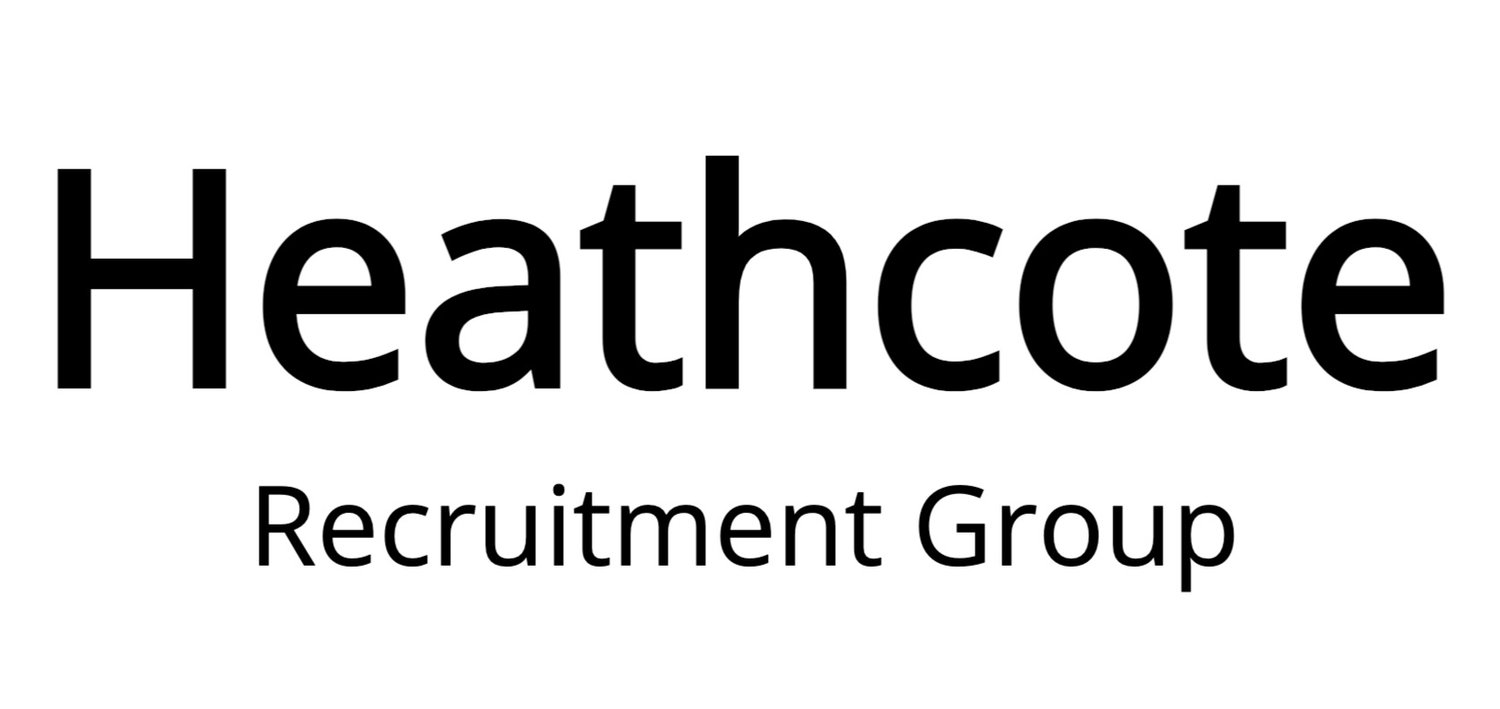Presentations are a common part of business, whether internally or as part of a pitch. Usually, this can evoke the thought of dread between staff – sitting through an endless series of PowerPoint slides can even drive a few people to sleep.
So, how do you make presentations land? And why do speakers frequently face tuned-out listeners, who are too busy checking their phones and watches to pay attention to the important information being conveyed?
With a combination of powerful data and the right messaging strategy, you can hold your audience's attention and make your business presentations a success. Follow these five tips to keep all eyes and ears on you:
Know your strengths
Before you start preparing, take the time to reflect on your personal style of presenting. If you’re not an overtly funny or bubbly person, it’s advisable to stay clear of forced humour and over-enthusiasm. Work out your particular strengths and capitalise on them.
Tell a story
Statistics and facts are important to any presentation, but without a good story behind them, the charts and tables you painstakingly created will mean nothing to your audience.
Using a story is a great way to make an audience receptive to the content - but don't tell stories just for the sake of telling them: Make sure they have a point. A confusing story will only lead to a disengaged audience.
Most importantly, don't just read off of your slides. Your presentation should support the slides, not the other way around.
Be aware of your body language
Nerves can be a real problem if you’re speaking in front of a large audience. Particularly if you’re not used to being the centre of attention. But, remaining calm and in control of your body movements and tone of voice is imperative to establishing yourself as a strong presenter.
Try and look people in the eye, keep smiling and don’t be afraid to use your hands to express yourself - or even move around a little. Being natural instead of stiff can transfer through to your voice. If you’re standing rigid, chances are your voice will be stiff and monotone too,.
Let the situation guide you
Every presentation will be different, and as such, it’s wise to tailor yours towards each situation. If you’re in front of a small audience, who know your topic and who know you, it will be a lot easier to connect than if you’re presenting in front of 200 people, who are coming in cold.
Have a think about your presentation goals and what you’re trying to achieve. Is there an opportunity to have dialogue with your audience, or is there only likely to be a chance for a monologue? The success or failure of your presentation will depend on how well you can adapt.
Practice, practice, practice
They say that practice makes perfect, and this is especially true for presentations. Before you go up in front of the audience, go over the data you're presenting and the notes you've written. If possible, test out the technology you'll be using to make sure it works. Rehearse your speech in front of a test audience, and ask for feedback. The more prepared you are, the more likely you are to gracefully handle any unexpected hiccups, tangents or audience questions.
Finally, whether you're giving a guest lecture at a convention or just presenting some company data, remember to be passionate about it. If you’re not interested, your audience won’t be either.






